As I look back over my first months as a literacy coach, I can still feel the breath catch in my throat. There has not been a week, and hardly a day, that I have not been in a new situation with a steep learning curve. Managing that steep climb day after day and week after week has kept me on my toes, leaning forward, my mind in high gear.
And I am ready for a rest, too.
In fact, I have already made my New Year's resolutions. You see, I can only rest but a minute or two...And therein lies my promise to myself.
What I have learned about coaching these past months parallels what I know to be true about myself. To be an effective coach, you must be able to:
1. Listen.
Listening is the most important part of a coach's job. You must listen for the story behind the situation. No one arrives in a classroom or an administrator's office without having been on a journey. And whatever is happening that brings a coach to that classroom or office is the result of people's experiences while walking those journeys. As a coach, it is imperative to listen for and hear the story, because within the words and between the lines, the story reveals the heart of the person. And no situation can be resolved without engaging the hearts of the people involoved.
2. Be patient.
The first layer of coaching requires building a trusting relationship. And that does not happen quickly. I had a rose-colored vision of coaching when I first began. I imagined that when I walked into a building, all stakeholders would see me the way I saw myself - a person who believes in possibilities, a resource for building great classroom practices, a positive collaborator who supports in any and all ways to grow successful teachers and students. Um, no. Before stakeholders will see me the way I see myself, I will have to work hard to establish enough trust for them to even know who I am! And when you are only in a school one day a week at the most, it takes miles and miles of baby steps to establish that trust.
3. Let go.
This is the most difficult part of coaching for me. A coach is not a "fixer". A coach is not someone who does the work of the teacher so that it is "right". Nope. The coach is there to work side-by-side with a teacher to help him or her build their practice in ways that they envision. Unless the momentum is built upon something that truly matters to the teacher, the results will not be sustainable. Of course, the coach is knoweldgeable and is an instructional resource for the teacher. But, the work of the team is best undertaken and ultimately more successful when it has grown organically from a teacher's reflection on his or her strengths, weakness, and needs.
Which leads me to my New Year's resolution: Listen. Be patient. Let go.
I need to listen to my own story. Sometimes we get so caught up in what is happening in our worlds that we forget to really listen to our stories. We stop writing the words. We just keep rereading the same lines over and over again. Even when they might no longer be the right ones. Learning how to hear my story again, and to make intentional decisions and purposeful choices is my first resolution.
Patience has never been my strong suit. By necessity, as a parent and as a teacher, I developed a working ability to be patient. But it is not a natural trait. I am very goal oriented and prefer instant gratification. As I reflect on the value of being patient in my work while I endeavor to build trust in colleagues who don't know me, I know that I also need to be patient with myself and give myself permission to take time to live my life with full awareness and enjoyment.
Finally, I resolve to let go. I am going to let go of anything that does not lift me up. Our time is too short to be weighed down by negativity. As I coach teachers to look for what is great about their practices, so am I going to coach myself to focus on what is beautiful about my life and let go of all the rest! There is always lots to celebrate and believe in. I am going to release the criticisms or worries or self-doubts that weigh me down and grasp hold of the dreams and relationships and blessings of my life with all my heart.
Here comes the new year! Resolve to be a positive influence on your own story and the stories of those around you. Listen to and write your own words. Be patient with yourself. And let go of anything that does not lift you up and carry you forward!
Happy writing!
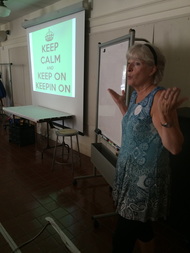
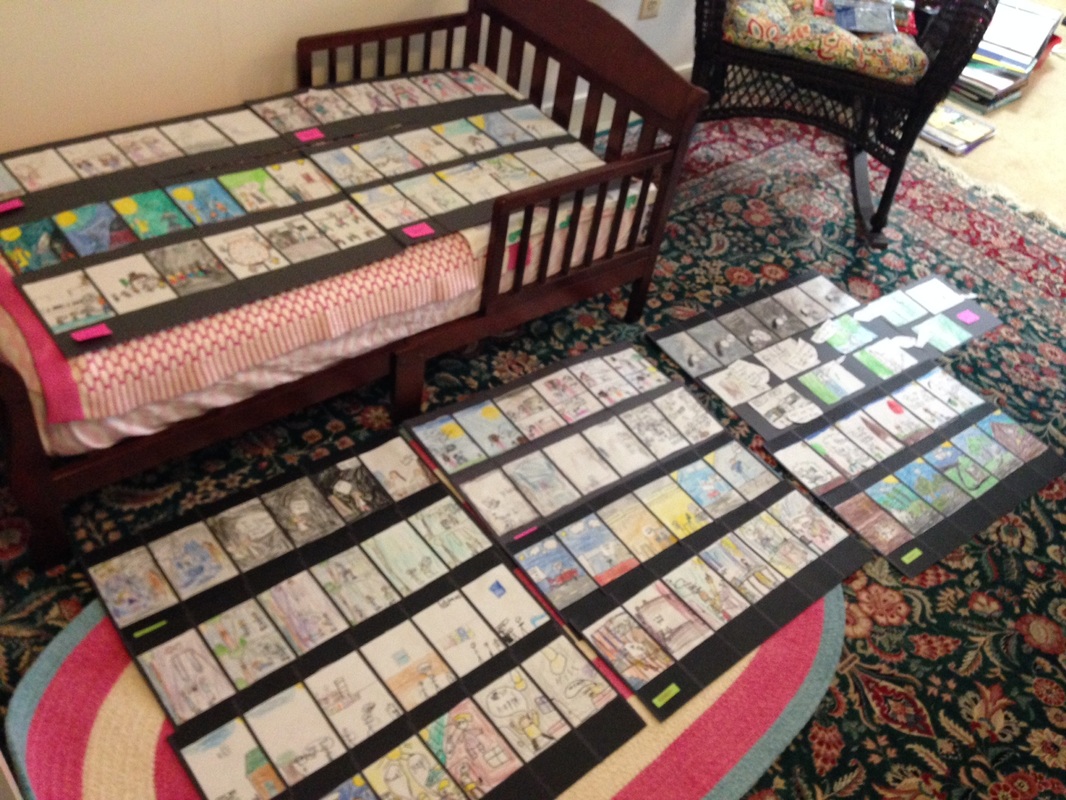
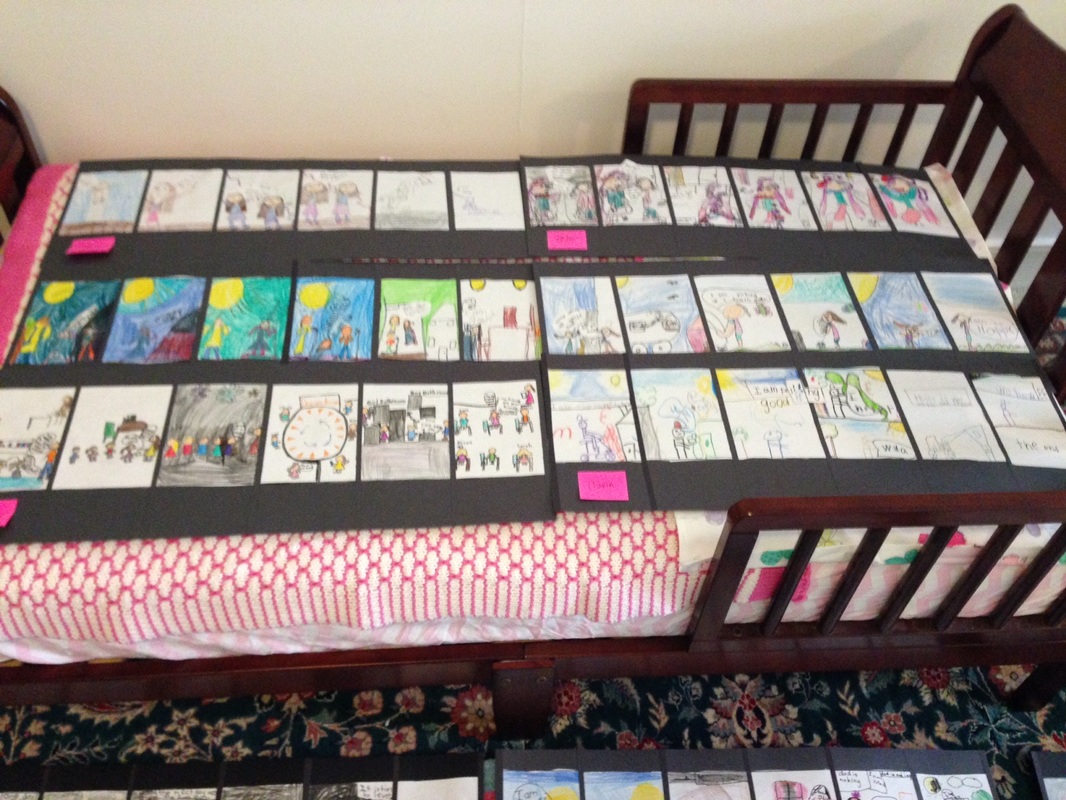
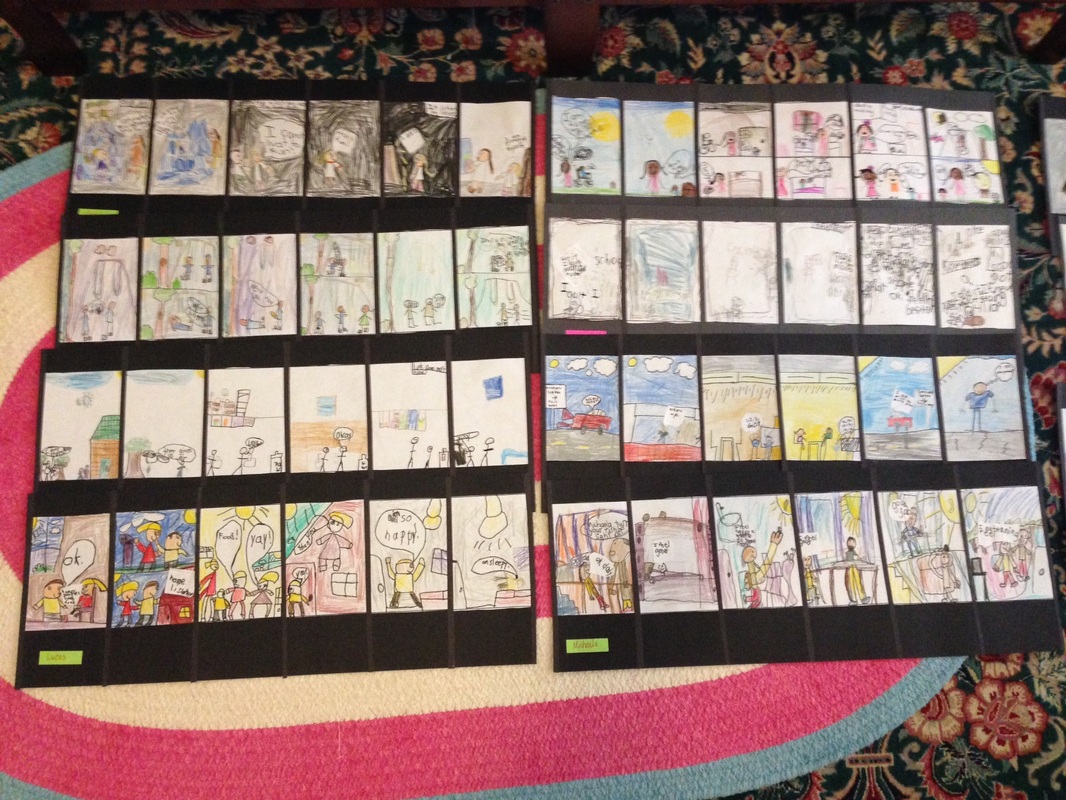
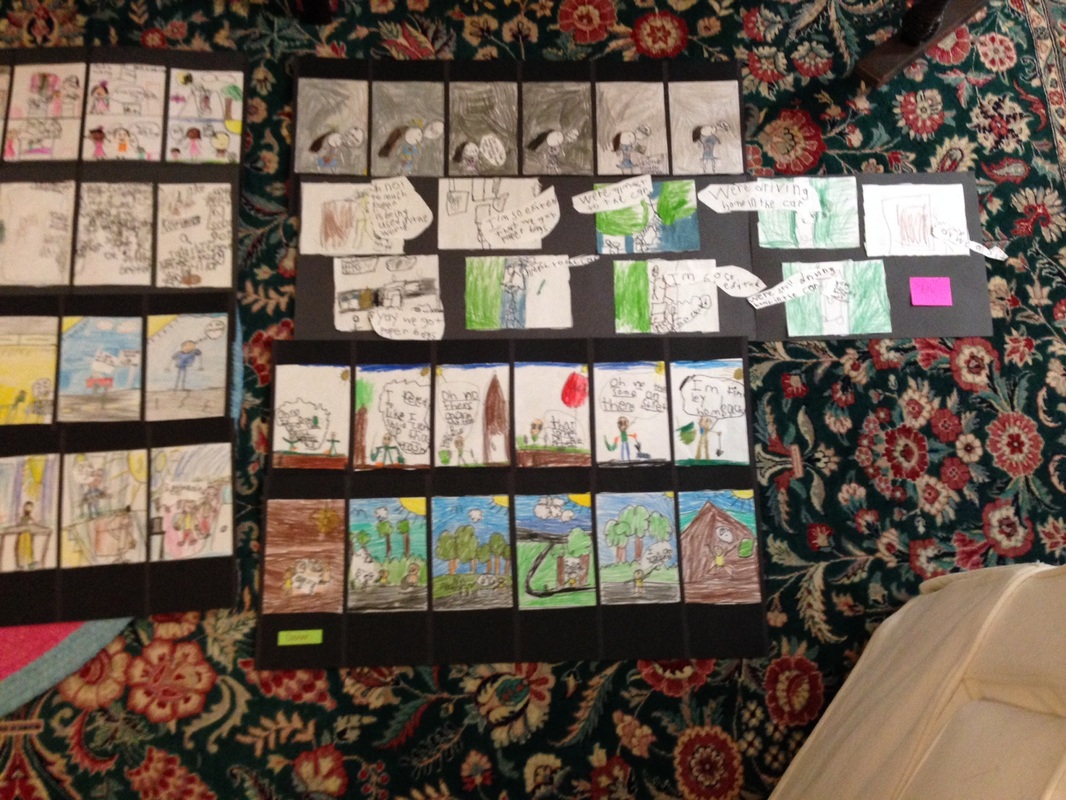
 RSS Feed
RSS Feed
